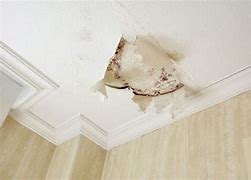
Mould is a fungus that can be found both outdoors and in damp, low-light places. There are many species of molds that are microscopic species of the kingdom Fungi, which grow in forms of multicellular or unicellular filaments.
Mold is usually not a problem indoors unless mold spores fall into a damp place and begin to grow. Mold has the potential to cause health problems. It produces allergens (substances that can cause allergic reactions) and irritants. Inhaling or touching mold or mold spores can cause allergic reactions in sensitive individuals. Allergic responses include symptoms of allergic rhinitis, such as sneezing, runny nose, red eyes, and rash.
Allergic reactions to mold are common. They can be immediate or delayed. In addition, exposure to mold can irritate the eyes, skin, nose, throat, and lungs of both mold-allergic and non-allergic people. Symptoms other than the allergic and irritant types are not commonly reported as a result of inhaling mold. Research on health effects and mold is ongoing.
Basic Mold Cleanup
- The key to controlling mold is moisture control.
- It is important to dry the items and water-damaged areas within 24-48 hours to prevent mold growth.
- If mold is a problem in your home, clean it and get rid of excess water or moisture.
- Repair leaks in pipes or other water sources.
Source: Environmental Protection Agency (EPA)
0 Comments
Add comment
Leave a comment
You must be logged in to post a comment.
